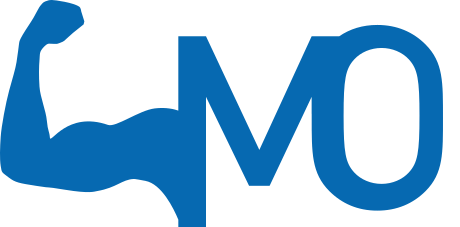Stretching the lower back is not only good to improve flexibility of the low back; it also increases blood flow to the muscle. Consequently this may result in a better recovery of a mechanical low back complaint. Always consult a therapist first, to determine if this low back exercise is good for you. If you don't have a therapist yet, please find one near you by using our therapist map.
Special note: Make sure that you feel the stretch in your back while preforming this exercise. Stretching should not be too powerful as this can have harmful effects. If you experience lower back pain or middle back pain, first consult your therapist for advice before continuing with this exercise.
List of conditions which may benefit from this exercise
A diagnosis or exercise prescription for the following conditions can only be done by a medical doctor or your therapist. This list has merely been given to discuss this with your therapist.
- Mechanical low back pain, middle back pain, upper back pain, neck pain, pelvic pain.
- Low back herniated disc, sciatica
General tips for lower back exercises
- Frequency: Stretching exercises are effective in reducing stiffness and improving mobility. The frequency depends on your goal. Doing more exercises than daily is not always necessary. Please discuss this with your therapist.
- Combine: Do not only do one exercise a time, but combine them with similar exercises to have a more powerful effect. As an average a total of 3-4 mobility exercises can be advised.
- Warming up: These low back exercises should preferably not be done within the first 5-10 minutes of getting out of bed in the morning. For example walking around or taking a shower is enough to promote blood flow and start up mobility. Hereafter gently starting with mobility exercises is possible.
- Low back pain: Pain is a warning signal, therefore never ignore pain. Mobility exercises should be done with care since this may worsen your complaint. Do not continue with this exercise if you experience low back pain, please ask your therapist for more information.
- Speed: Do not rush. This exercise should be done slowly.
- Stay alert: think about doing the exercise rather than performing the exercise automatically. Perform smooth and gentle: Avoid bouncing while slowly moving into the stretch.
- Wear comfortable clothes while exercising.
- Move freely: Always exercise on a clean and flat surface with enough space to move freely.
- Low back pain risk factors: Change your life style to prevent or minimize low back complaints. Even a small postural change can make a big difference. The most important thing to remember is that the best sitting posture is a variable posture. Therefore change your posture every ten to fifteen minutes!
Did you know?
Low back pain is the single leading cause of disability worldwide (Global Burden of Disease 2010).


